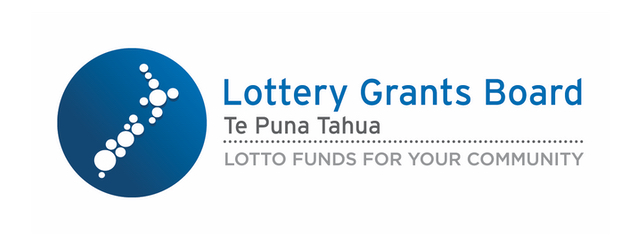Section 88 and the Guidelines
Section 88 (officially called, The Primary Maternity Services Notice) is part of the New Zealand Public Health and Disability Act 2000, and is the key piece of legislation covering who should provide maternity care services, the responsibilities of the providers, which services are funded and the payments providers receive for these services (and so forth). Under Section 88, a pregnant woman can choose who will provide her maternity care: this person is known as the Lead Maternity Carer (LMC). Lead Maternity Carers can be a midwife, a general practitioner (GP) or an obstetrician. Most women choose to have a midwife LMC, some prefer an obstetrician or GP. The aim of lead maternity care is to provide a woman with continuity of care throughout pregnancy, labour and birth, and the postnatal period.
A second document, the Referral Guidelines (official name: The Guidelines for Consultation with Obstetric and Related Medical Services), is used in conjunction with Section 88. The Referral Guidelines outline the criteria and processes for guiding LMCs to refer or transfer women from primary care to specialist care, and the process for emergencies. This is the part of the legislation that applies specifically to maternity services for women pregnant with multiples and other high risk pregnancies—it aims to ensure that care is high quality, safe, consistent around the country and well coordinated amongst providers.
What the Guidelines say about care during multiple pregnancy
The Guidelines designate multiple pregnancy as a “transfer condition”, with transfer defined as “Transfer of clinical responsibility for care”. The Guidelines further define the categories of referral:
Transfer
The LMC must recommend to the woman (or parent(s) in the case of the baby) that the responsibility for her care be transferred to a specialist given that her pregnancy, labour, birth or puerperium (or the baby) is or may be affected by the condition.
The decision regarding ongoing clinical roles/responsibilities must involve three way conversation between the specialist, the LMC and the woman. The specialist will assume ongoing clinical responsibility and the role of the LMC from that point on will be agreed between those involved. This should include discussion about timing of transfer of clinical responsibility back to the LMC when the condition improves. Decisions on transfer should be documented in the woman’s records.
The process for transfer of clinical responsibility for care
The process aims for a consistent level of service, delivered according to local needs, conditions and protocols. The guidelines state that key points of the process include:
- The woman, her baby and family/whānau are at the centre of decision-making
- The importance of full and timely communication between practitioners
- The need for documentation of all steps by all involved, particularly where there is transfer of clinical responsibility from one practitioner to another
- The need for LMCs to transfer clinical responsibility for care to another practitioner and, where appropriate and with the agreement of the woman, remain and continue to provide midwifery care within their scope of practice and competence, and with the support of the hospital team.
Roles and responsibilities
The guidelines list a range of conditions that require transfer of care to a specialist, including multiple pregnancy, and state:
…Once clinical responsibility for care is transferred, clinical decisions and decisions about the roles and responsibilities of all other practitioners involved with the woman’s care rests with the specialist, taking into account the needs and wishes of the woman.
There is potential for LMCs to retain a role providing care for the woman, especially where the LMC is a midwife. Continuity of care should be preserved wherever possible, for example in the case of a woman pregnant with twins, who requires specialist oversight but who may continue to receive antenatal care from her LMC. In this case the specialist has clinical responsibility.
An LMC may decline ongoing involvement with a woman’s care if the clinical situation is outside their scope of practice or experience.
Communication
Documenting when the responsibility for maternity care is formally transferred from the LMC to the specialist is seen as crucial. The guidelines require:
- A three-way conversation between the LMC, the woman and the specialist to determine that the transfer of care is appropriate and acceptable
- Provision of all relevant information including any relevant maternity notes, test results, histories etc. from the LMC to the specialist
- A discussion and documented decision about the nature of the ongoing role of the LMC or whether all care, including midwifery care, is transferred to the specialist.
Transfer of clinical responsibility requires timely and full communication from the LMC to the specialist; and then from the specialist back to the LMC. All other practitioners involved in the process (e.g. GP or other primary care practitioners) should be informed of the decisions.
Meeting local conditions
The detail of transfer of care processes will depend on the scope of practice and experience of the LMC and others involved in the woman’s care, and geographical considerations, including specialist availability and the local DHBs processes or protocols.




